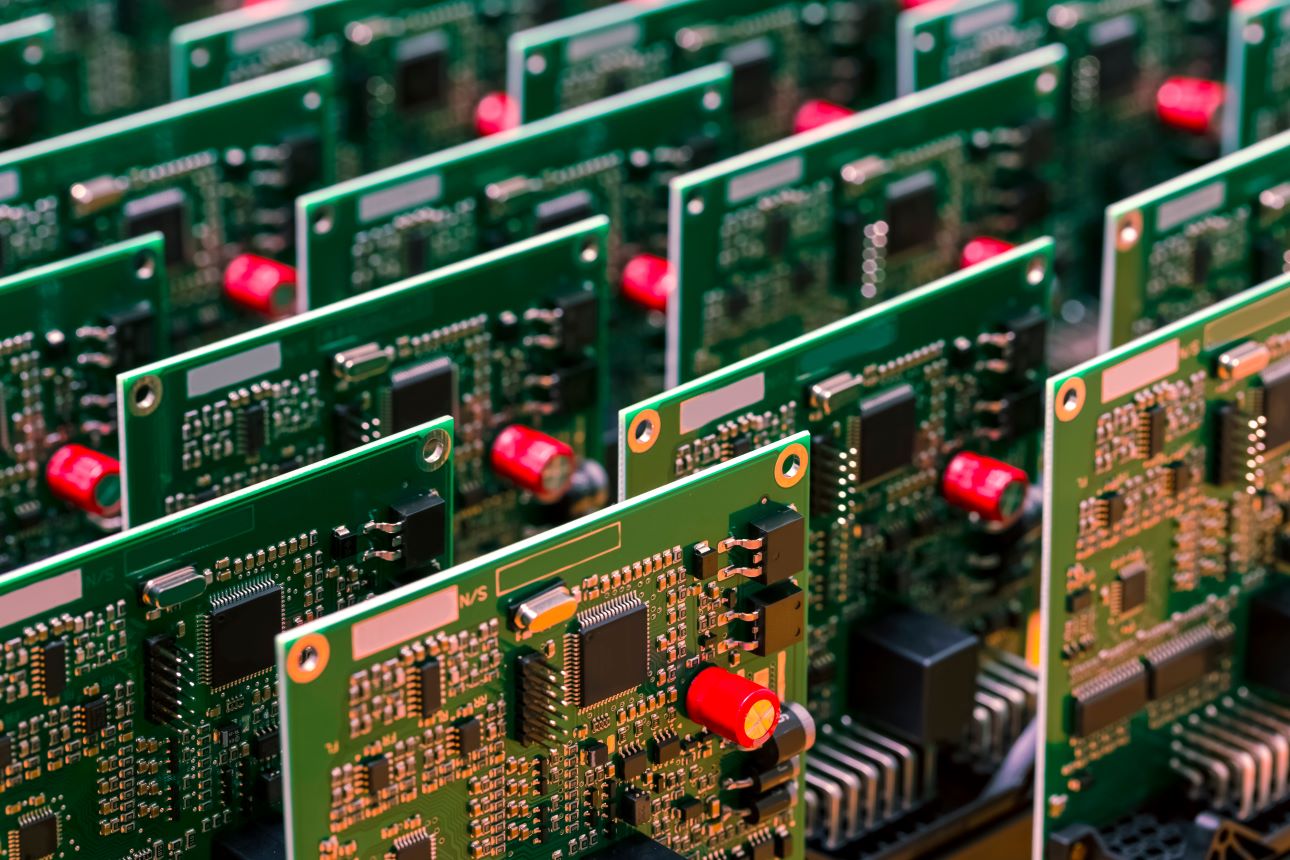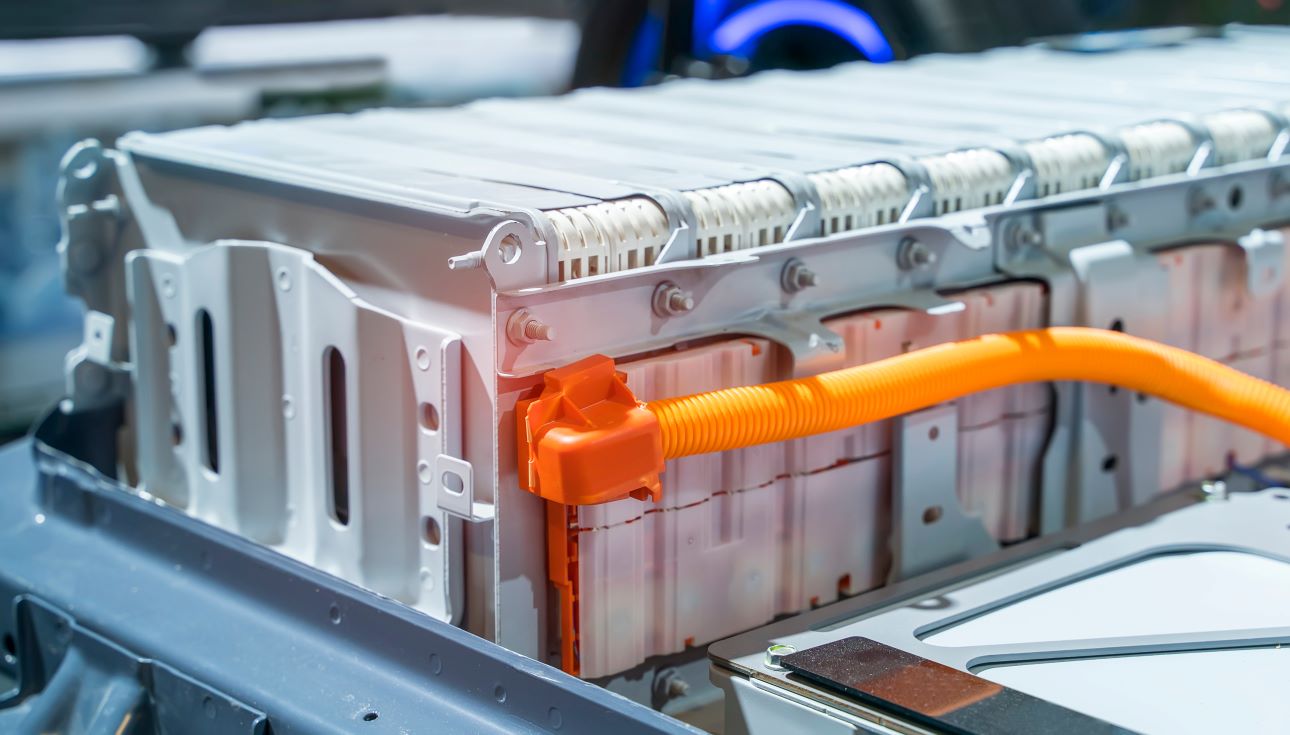electronics
solutions with the future in mind
In today's technology-driven world, electronic devices have become an integral part of our daily lives. From smartphones to laptops, from televisions to wearable gadgets, these devices have revolutionized the way we communicate, work, and entertain ourselves. Behind the sleek designs and seamless functionality of these electronic marvels lies a sophisticated ecosystem of specialty ingredients that make them possible. These ingredients are key to the performance and reliability of electronic devices.
There are unique challenges faced by electronic device manufacturers, such as miniaturization, durability, thermal management, and electrical conductivity. Specialized ingredients are part of formulations that address these challenges, enabling manufacturers to produce cutting-edge electronic devices that exceed consumer expectations.
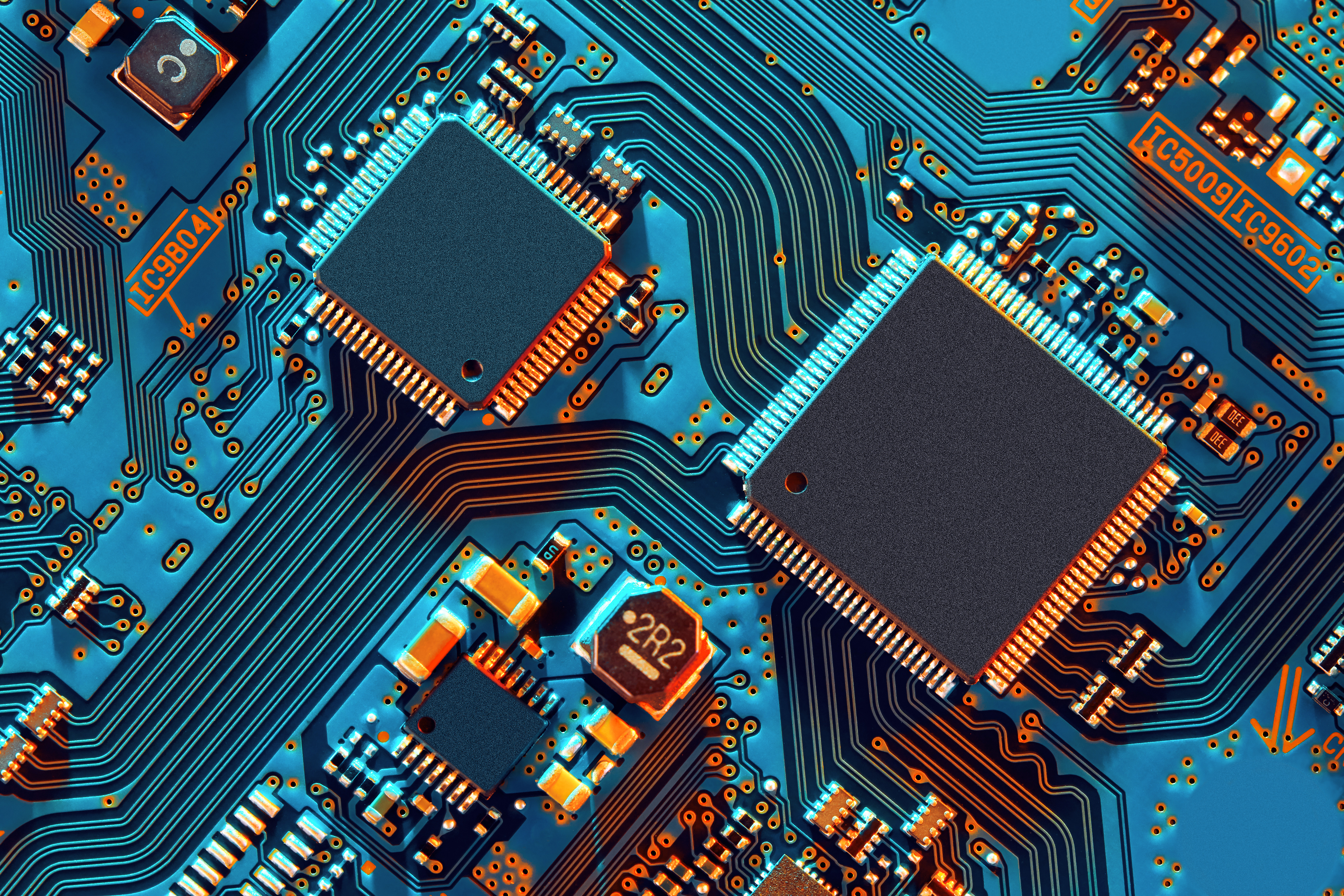
Printed Circuit Boards (PCBs) are the backbone of modern electronics, serving as the foundation for the seamless functioning of countless devices. Behind the scenes, the performance and reliability of these intricate boards are bolstered by the application of curing agents, essential chemical compounds that play a vital role in their production. Curing agents, also known as epoxy resins, are indispensable in the manufacturing of PCBs. They provide the necessary mechanical strength, thermal stability, and electrical insulation properties that ensure the optimal performance of electronic devices. These agents act as a binder, transforming the raw materials into a rigid, durable substrate that can withstand the demands of daily usage.
Electronic devices have become an integral part of our daily lives, powering our communication, entertainment, and productivity. These devices rely on advanced potting compounds to provide crucial protection and insulation for their delicate electronic components. The inclusion of plasticizers in these compounds adds significant value, enhancing performance, durability, and reliability. Potting compounds are widely used in the electronics industry to encapsulate and protect sensitive electronic components from moisture, vibrations, mechanical stress, and other environmental factors. These compounds form a protective barrier that not only shields the components but also improves electrical insulation, preventing short circuits and electrical interference.
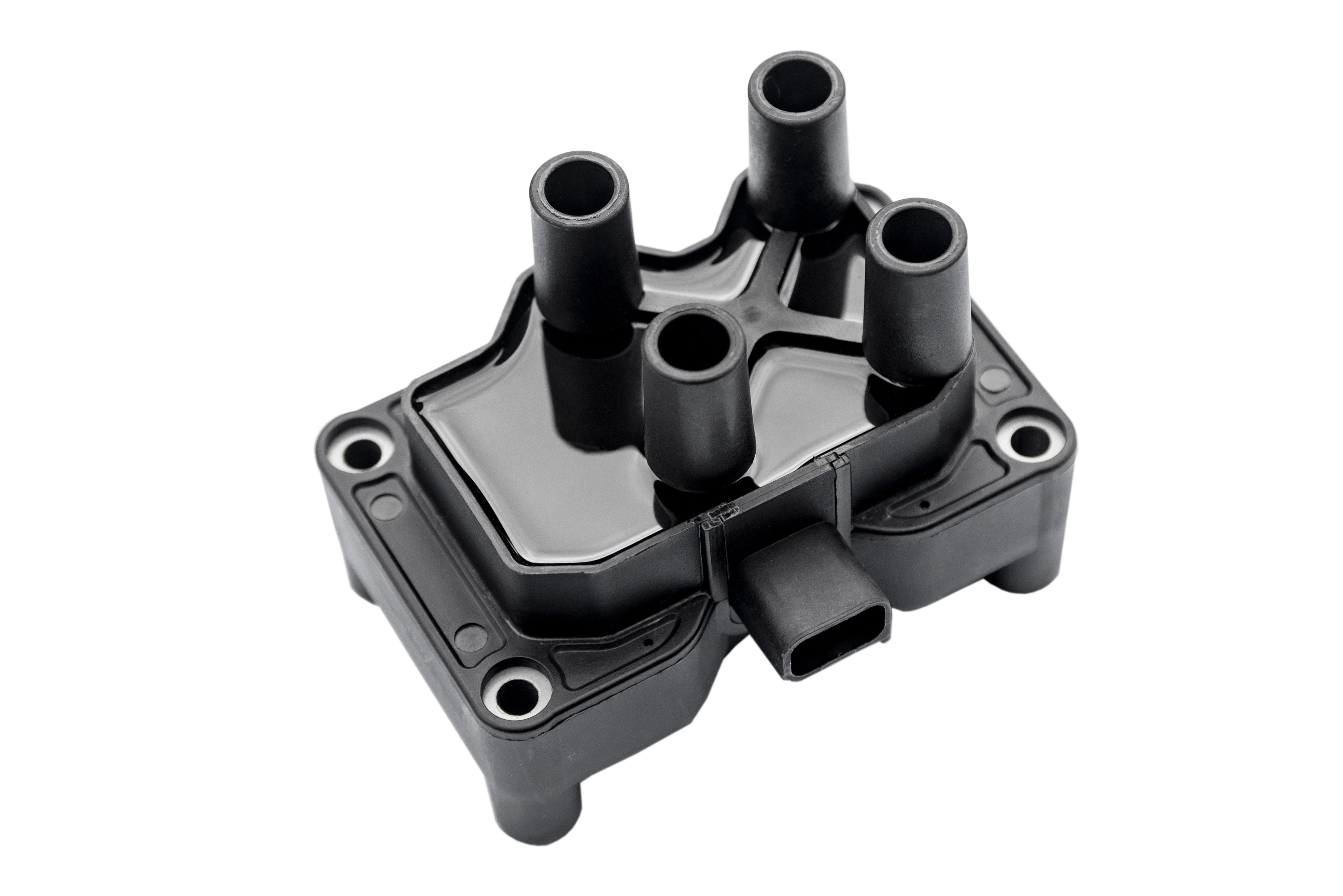
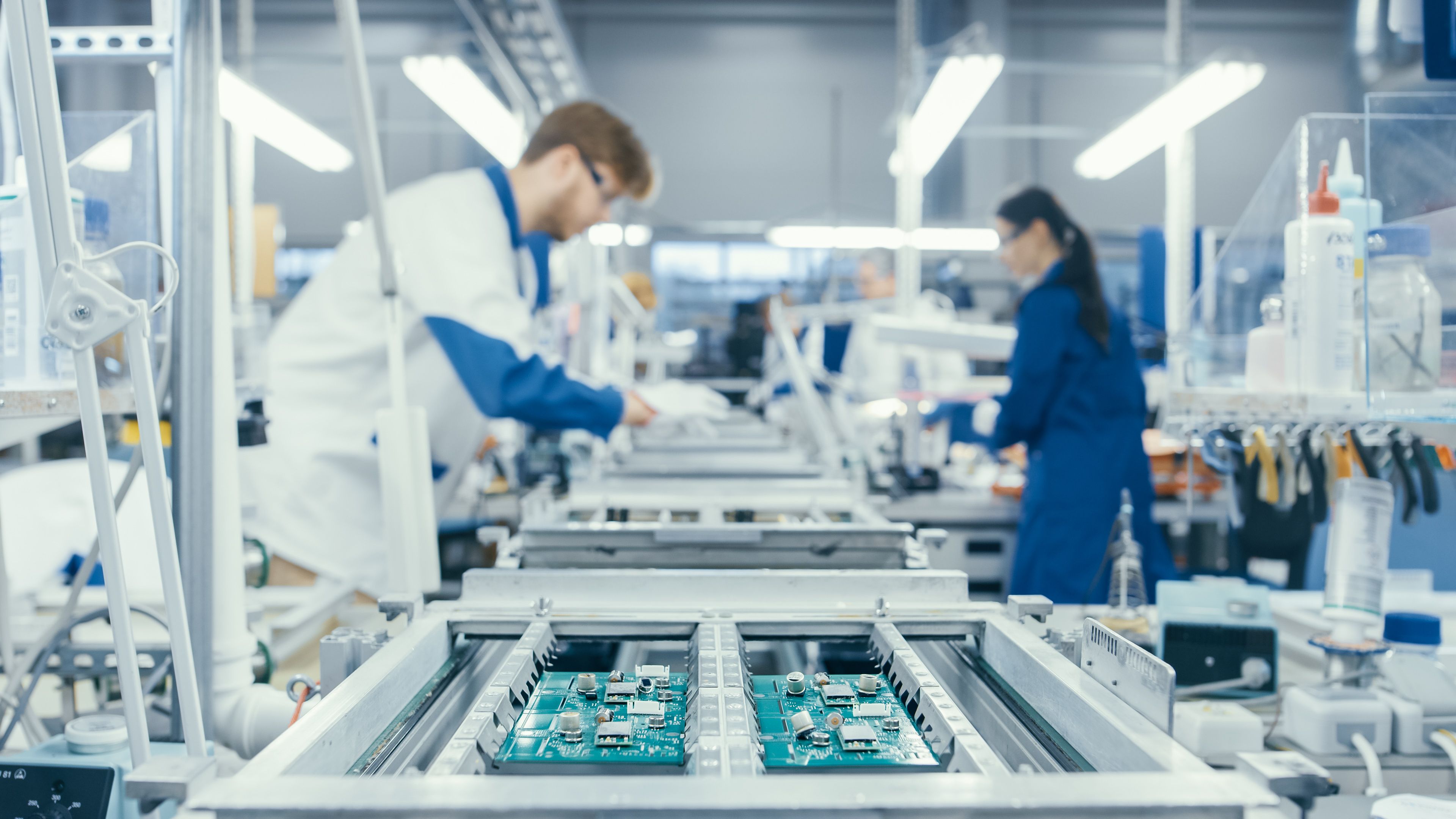
Maintaining the pristine performance and reliability of electronic devices is vital. Cleaning electronic components during manufacturing, assembly, or maintenance processes plays a crucial role in ensuring optimal functionality. Solvents are chemical compounds specifically formulated to dissolve contaminants, residues, and impurities on electronic components without causing damage. They are designed to remove a wide range of substances such as oils, greases, flux residues, dust, and fingerprints, which can adversely affect device performance, longevity, and reliability.

